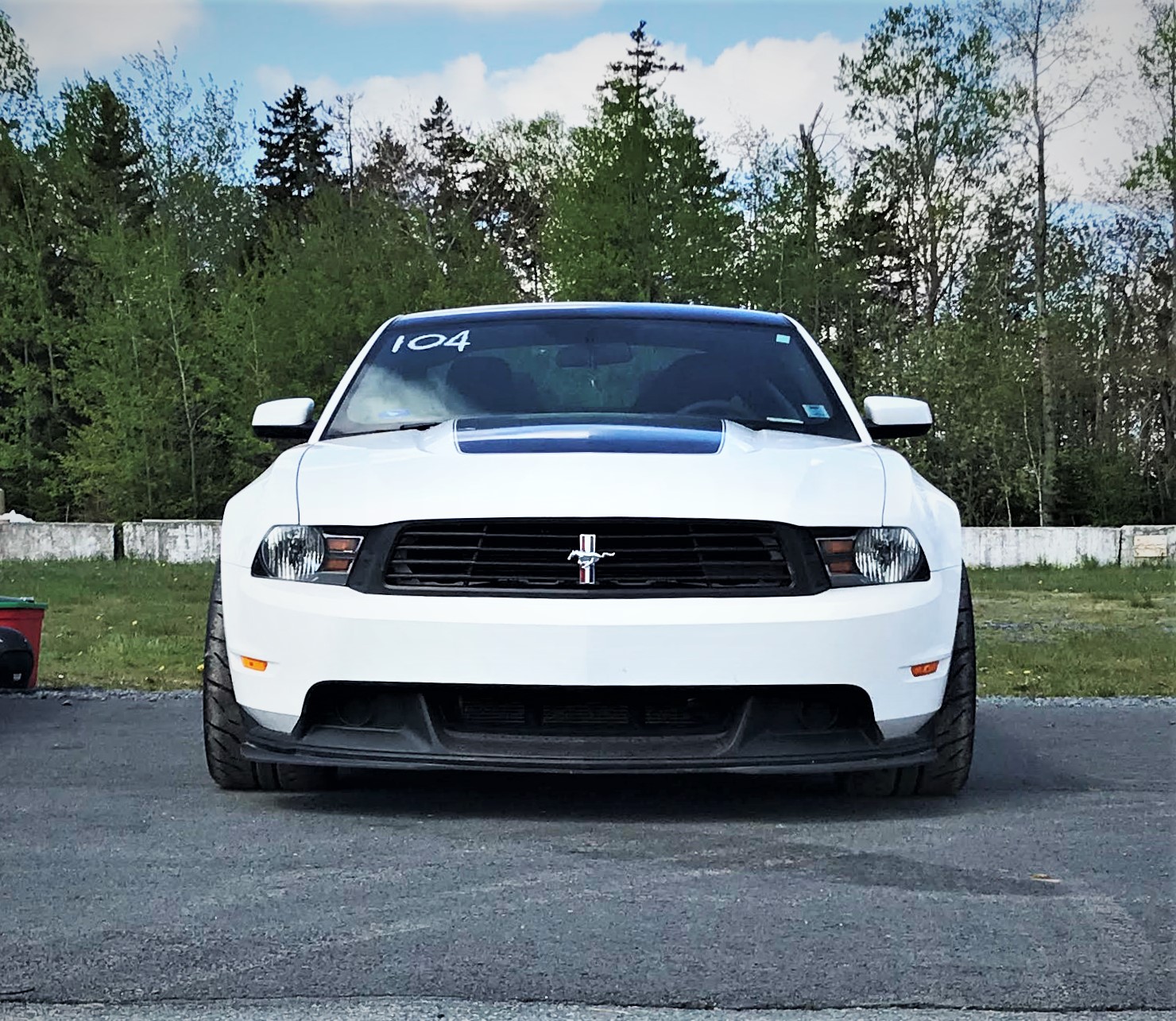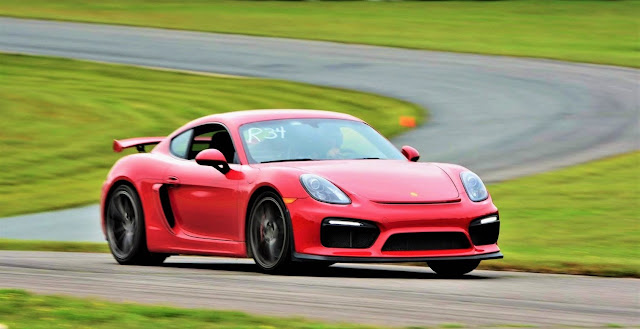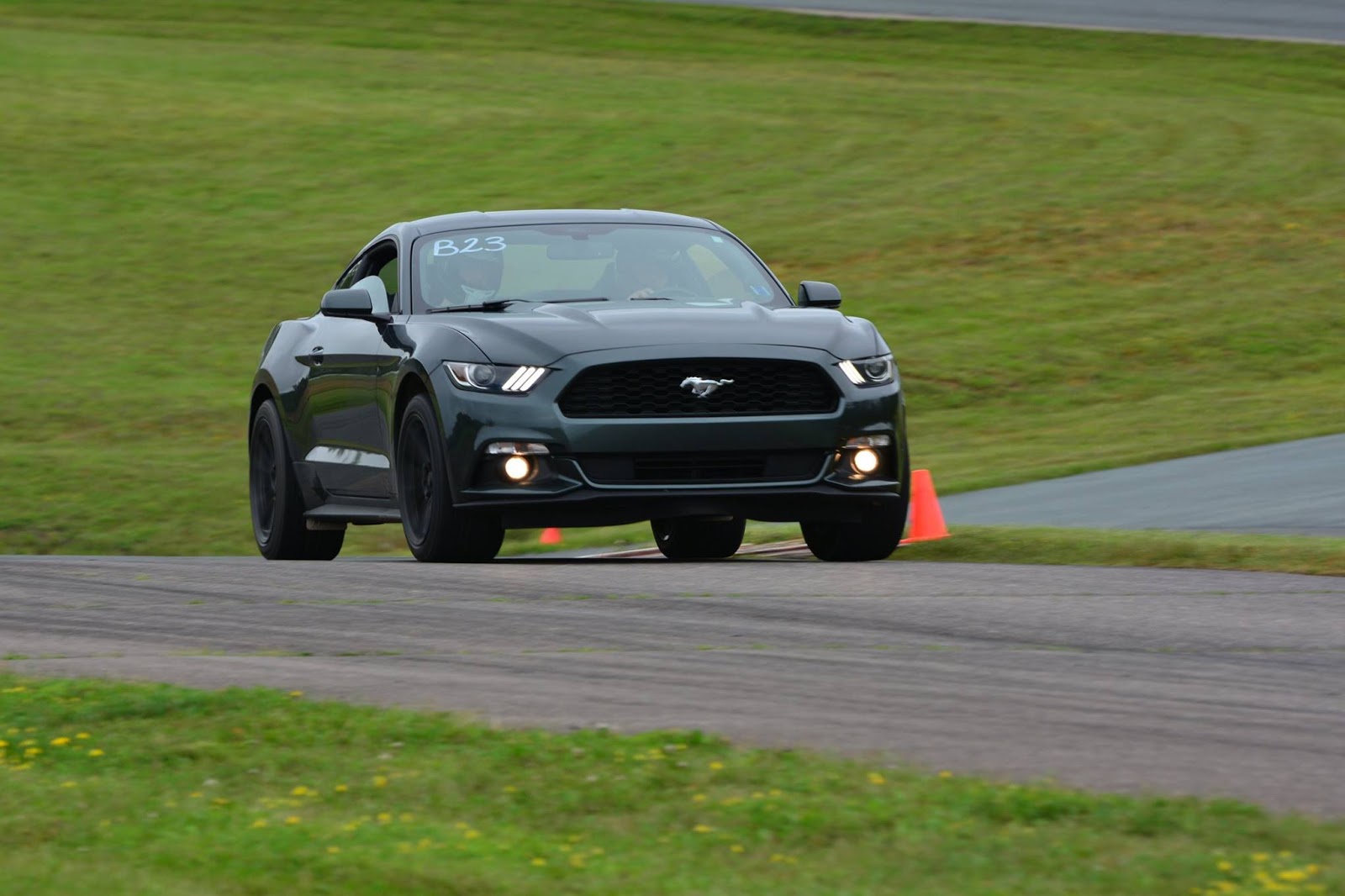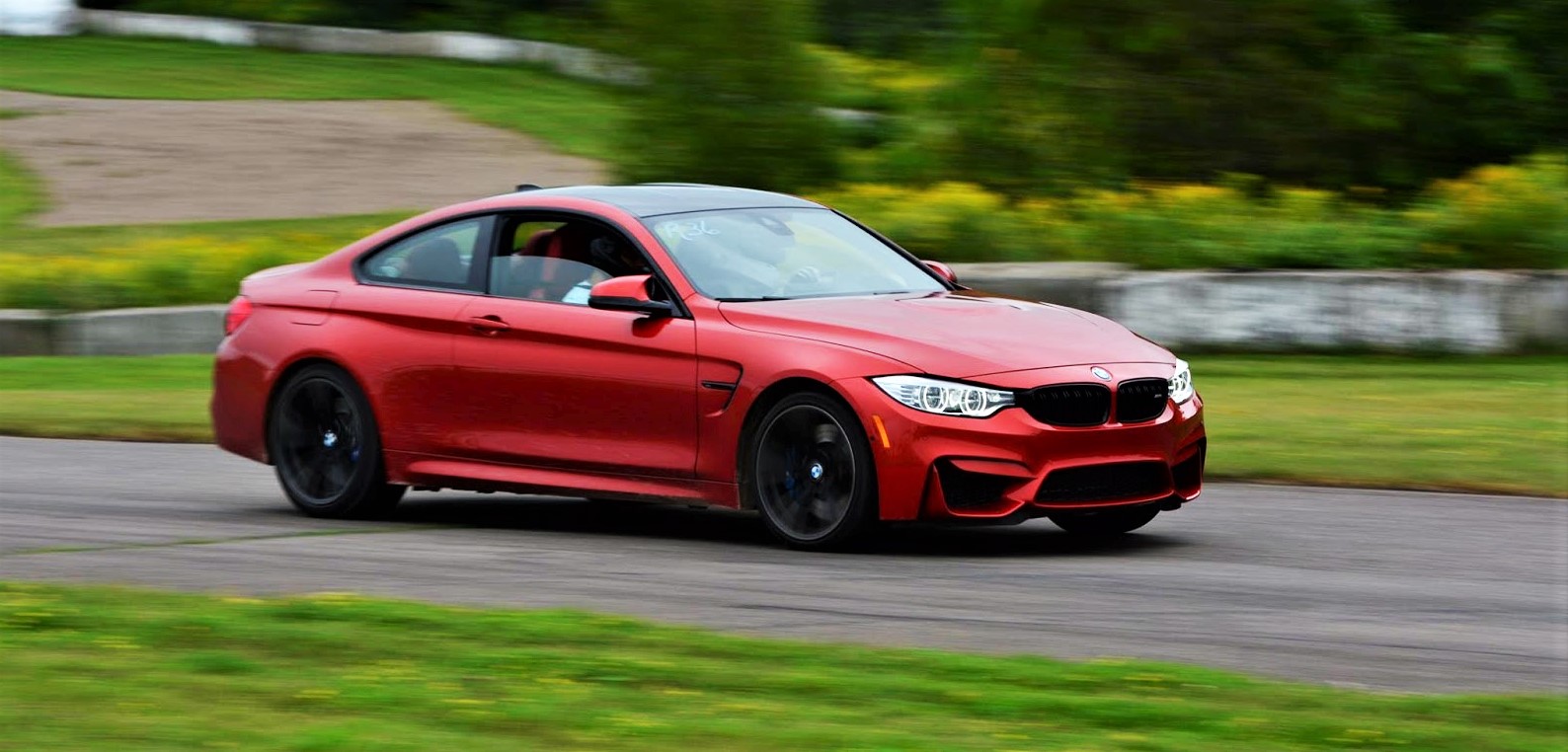With snow on the roads, grip is reduced and, as a result, a vehicle's ability to accelerate, brake and turn is also reduced. Here are a few winter driving tips that could help you drive safer while there's snow on the ground. Starting up - Roll into the gas pedal : When taking off, always apply very little pressure on the gas pedal and start to roll into it very slowly to avoid losing traction and spinning the wheels. - Start in 2nd gear : In manual/standard vehicles, especially those with high torque outputs, it may be helpful to start in 2nd gear as it will have less torque at the wheels and will be less likely to spin. - Don't keep spinning : If, while you're trying to get going, the wheels keep spinning but you are not moving, lift off the gas right away. For one, the tires most likely will keep spinning without going anywhere and you could dig the tires deeper in the snow. For another, if you actually start moving, you could damage the gears and be faced w
SADOKIST's (eSports Host) E46 BMW M3 GT3 Race Car - Kevin Doubleday © Over the years, I've found that limited slip diffs (LSD's) are some of the least appreciated performance parts you could get (or upgrade) for a car. LSD's make a big difference, though, because they can vastly improve how early you can get back on the power and, therefore, how good your corner exit is. That last bit is very important if you're driving on track and want to get a good lap. You don't have to just take my word for it, though. F1 royalty Sir Jackie Stewart puts an emphasis on the importance of corner exit. When Captain Slow was sent to him to cut 20 seconds off his lap time (Top Gear Season 8 - Episode 5), Sir Jackie told him: "the exit of the corner is FAR more important than the entry of the corner, with regards to smoothness." Sir Jackie Stewart coaching James May in a TVR Tuscan - Top Gear Season 8 Episode 5 You really need to nail the exit. And to get a










